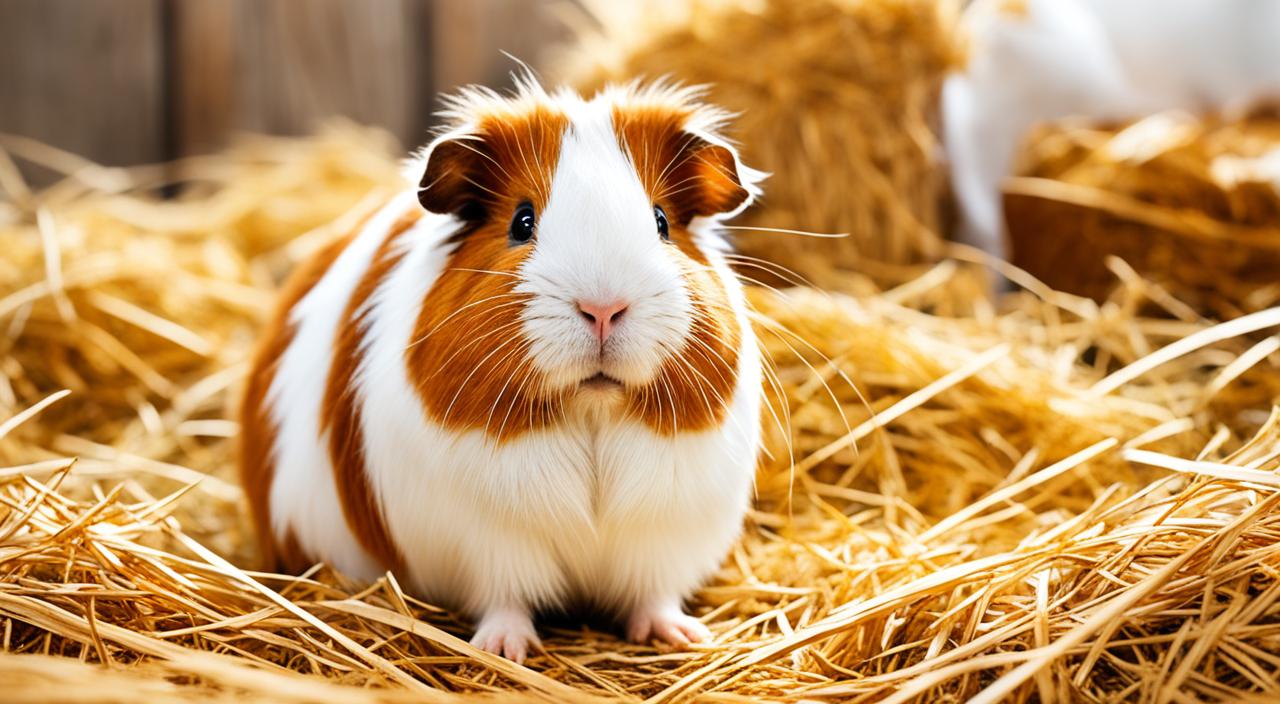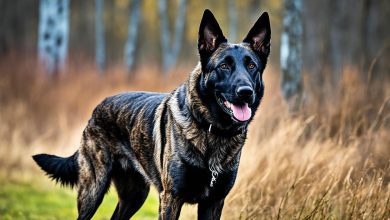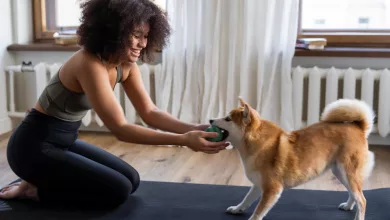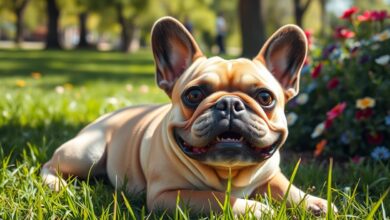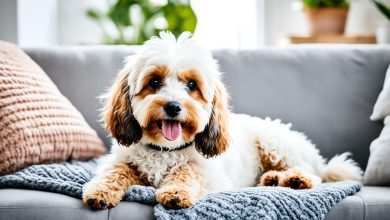Abyssinian guinea pigs are one of the oldest domesticated cavies around. They are known for their unique messy hair and friendly nature. These rodents come from the hardy guinea pigs of South America’s mountains.
They have become popular pets worldwide for their special traits and loving nature.
Abyssinian guinea pigs don’t come from Abyssinia or Guinea, despite their name. Their true origins are unknown. Yet, they have won the hearts of many with their playful and loving nature.
Whether you’re new to cavies or thinking of getting one, this article will tell you more about these special guinea pigs.
The Origins of the Abyssinian Guinea Pig
Abyssinian guinea pigs don’t come from Abyssinia (now Ethiopia) or Guinea. Their true origins are a mystery. They likely came from hardy cavies living in South America’s mountains, like the Andes, around the 16th century.
The Abyssinian is one of the oldest guinea pig breeds. It’s known for its unique, messy look and rosette patterns. Their history is a bit unclear, but they were brought to Europe. There, they became popular as show animals during the Victorian era.
“Abyssinian Guinea Pigs drew much attention as an exhibition cavy in Victorian England.”
Today, Abyssinian guinea pigs are loved for their looks and friendly nature. Their origins may be a mystery, but they are definitely beloved pets.
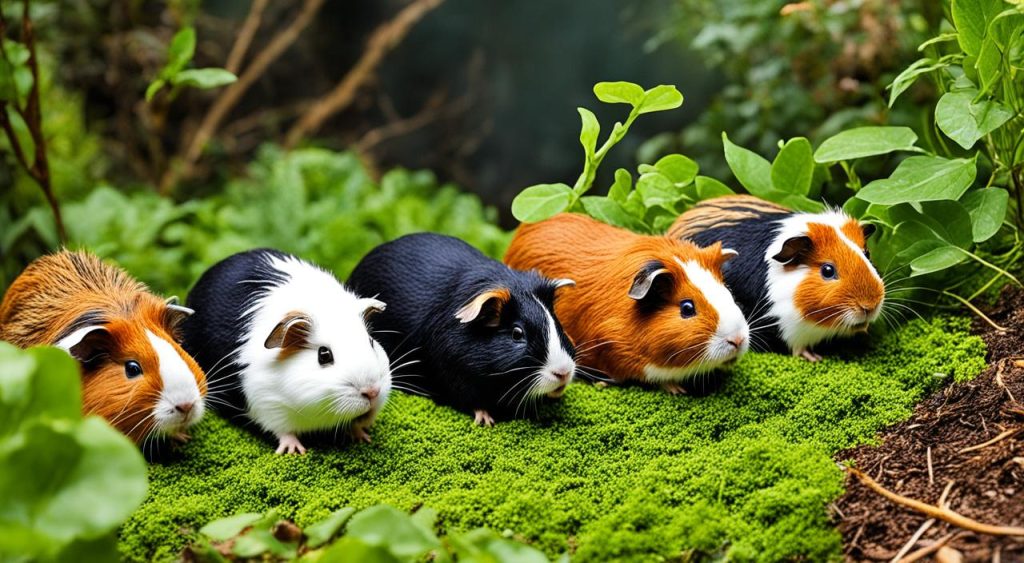
| Interesting Facts about Abyssinian Guinea Pig Origins |
|---|
| – Abyssinian is one of the oldest guinea pig breeds |
| – Abyssinian drew much attention as an exhibition cavy in Victorian England |
| – Abyssinian Guinea Pigs originated in South America, particularly in the region of Abyssinia, present-day Ethiopia, before being brought to Europe in the 16th century |
What Do Abyssinian Guinea Pigs Look Like?
Abyssinian guinea pigs stand out with their unique messy bedhead look and rosette patterns. They are about 1.5 inches tall. Their abyssinian guinea pig coat is coarse and bristle-like, growing in different directions for a distinctive look. They come in many abyssinian guinea pig colors and abyssinian guinea pig patterns, like solid self colors and tortoiseshell.
The British Cavy Council lists up to 30 guinea pig breeds, including Abyssinians. These cavies usually have 6 to 8 rosettes, but up to 10 for shows. The right rosette patterns are key for high scores in competitions.
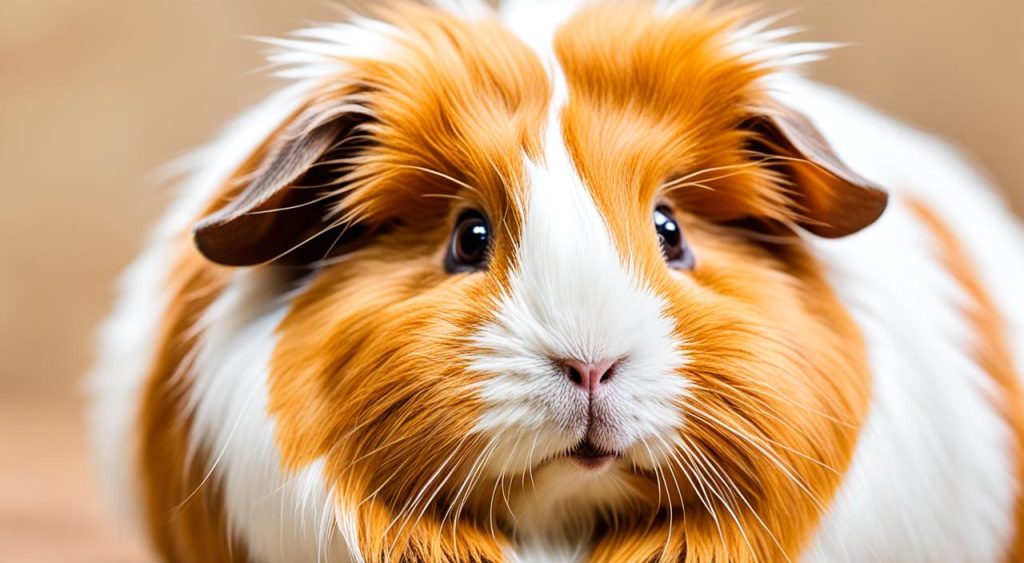
Abyssinians are 8-12 inches long and weigh 2-3 pounds. They have wide heads, short faces, and droopy ears. Their coat has a satin sheen and can be solid or spotted, like the Dalmatian look.
“Abyssinian guinea pigs are truly unique in appearance with their signature messy bedhead hairstyle and multiple rosette patterns across their bodies.”
It’s important to groom Abyssinians every 2-3 days to keep their abyssinian guinea pig coat looking great. They don’t need much hair care, just occasional spot trims.
Abyssinian Guinea Pig Personality
Abyssinian guinea pigs are known for their friendly and outgoing nature. They are often seen as one of the most affectionate and social cavy breeds. These cavies love attention from both humans and other guinea pigs.
They are playful and curious, making them great pets for those who can spend time with them. Abyssinian guinea pigs are vocal, making sounds like cheerful chirps and wheezes. They also enjoy cuddling and forming strong bonds with their owners.
These guinea pigs are not only affectionate but also energetic. They need a lot of space to play and exercise. If they don’t get enough room, they might get bored and act out.
It’s important to give them toys and activities to keep their minds and bodies busy. This helps them stay happy and healthy.
“Abyssinian guinea pigs are one of the most social and outgoing breeds, always eager to interact with their owners and other guinea pigs. Their unique appearance and charming personalities make them delightful companions for those willing to dedicate time and attention to their care.”
The Abyssinian guinea pig’s friendly and social nature makes them a favorite among cavy lovers. They need companionship and are perfect for owners who can give them the attention they want.
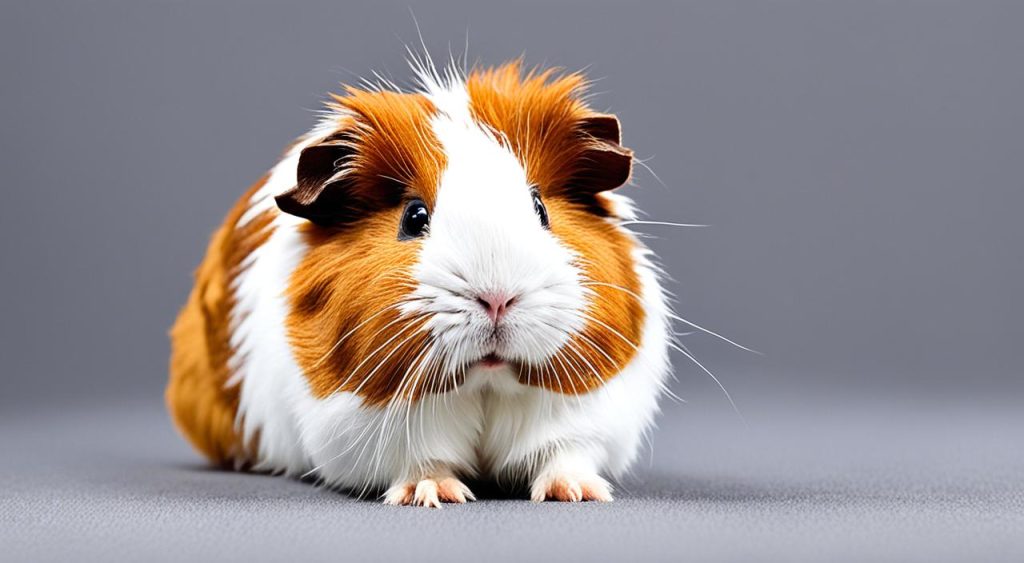
Abyssinian Guinea Pig
Abyssinian guinea pigs are known for their charming personalities and unique look. Their long, coarse hair and intricate rosette patterns need extra grooming. Regular brushing, trimming, and spot cleaning are key to keeping them looking great.
Brushing and Trimming
Brush your Abyssinian guinea pig every 2-3 days to stop tangles and mats. Their rosette patterns can get messy, so brushing often is a must. Sometimes, trimming stray hairs is needed to keep their look sharp.
Use the right tools for grooming, like a slicker brush or metal comb. These tools help gently work through their coat. Don’t cut their hair too short, as it can mess up their rosette patterns.
Bathing and Spot Cleaning
Abyssinians only need a full bath when really needed. Their unique coat can get messed up by too much water. But, spot cleaning with a damp cloth can remove dirt or debris from their fur.
Regular grooming is important for the Abyssinian’s look. But, with the right tools and techniques, their charming nature and striking appearance are worth the extra work.
Housing and Care for Abyssinian Guinea Pigs
Abyssinian guinea pigs need a big space to live happily. They should have room for running, exploring, and playing with each other. When picking a cage, make sure it’s big enough for your Abyssinian guinea pig.
Abyssinian Guinea Pig Cage Size
Each Abyssinian guinea pig needs at least 7.5 square feet of space in its cage. Add 3 square feet for each extra Abyssinian guinea pig. This lets them move around and stay healthy.
Abyssinian Guinea Pig Diet and Nutrition
Abyssinian guinea pigs eat like other cavies. They need fresh timothy hay, a balanced pellet diet, and lots of vitamin C-rich veggies. Eating right is key to their health.
| Abyssinian Guinea Pig Diet | Recommended Servings |
|---|---|
| Timothy Hay | Unlimited |
| Pellet Food | 1/8 to 1/4 cup per guinea pig, per day |
| Vitamin C-Rich Vegetables | 1 to 2 cups per guinea pig, per day |
Feeding your Abyssinian guinea pig a balanced diet is crucial. Talk to your vet to make sure they’re getting what they need.
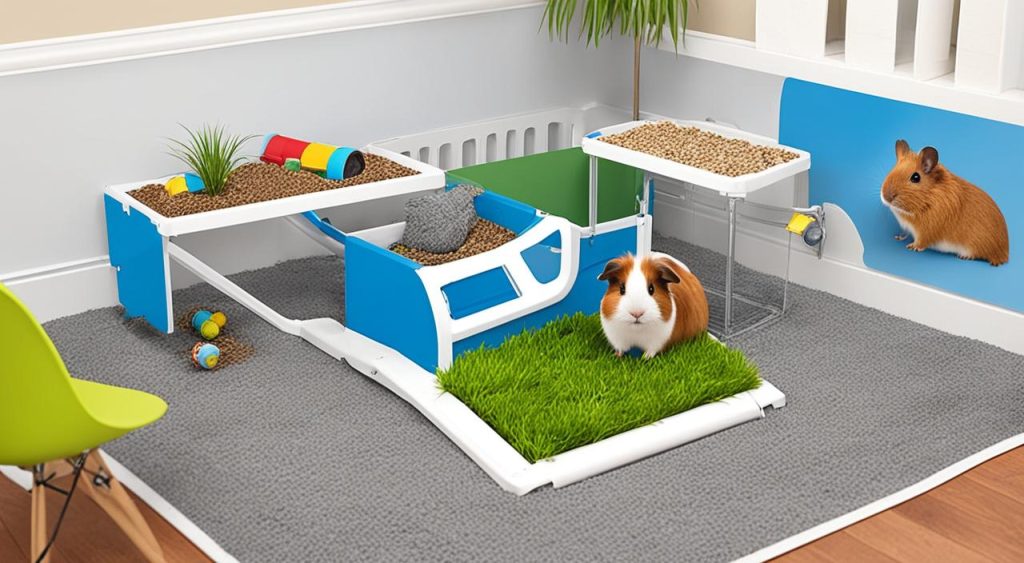
Give your Abyssinian guinea pig a big space and a good diet for a long, happy life. With the right care, these pets can be a big part of your family.
Is an Abyssinian Guinea Pig Right for You?
Abyssinian guinea pigs stand out with their unique look, featuring a messy bedhead and rosette patterns. Before getting one, think about if you can handle their special care needs.
Grooming Needs
These guinea pigs have a long, coarse coat that needs regular grooming. You should brush them every 2-3 days to keep their fur looking good and prevent mats. Sometimes, trimming and spot cleaning are also needed for a neat look.
Spacious Living Environment
Abyssinians need a big cage or hutch for exercise and to move around. They should have at least 7.5 square feet of space alone. More space is needed for two or more Abyssinians.
Attention and Companionship
Abyssinian guinea pigs love being around people and need lots of attention. If you’re thinking of getting one, be ready to spend time with them and play regularly. This keeps them happy and healthy.
Before getting an Abyssinian guinea pig, think about if you have the time and resources for their special care requirements. Also, consider if you can give them the attention and companionship they need. If yes, an Abyssinian could be a great addition to your family.
Common Health Concerns
Abyssinian guinea pigs face health issues that need careful watching and vet care. They often lack vitamin C, which can turn into scurvy if not caught early. They’re also at risk for diabetes and eye problems like small eyes and cataracts.
Respiratory infections, like pneumonia, are big worries for Abyssinians. These can get worse from stress like too many in one space or pregnancy. Seeing an exotics vet regularly helps spot and treat these issues fast.
They can also get stomach diseases because their digestive system is sensitive. It’s key to watch their diet and look for any signs of stomach trouble to keep them healthy.
Abyssinians might get skin and mammary tumors or dental problems from bad diets or infections. Regular dental checks and a diet full of vitamin C can stop these problems.
Keeping your Abyssinian guinea pig healthy means a clean, stress-free home, good food, and regular vet visits. Catching health problems early helps them live a long, happy life.
| Health Concern | Prevalence |
|---|---|
| Ileus (Gastrointestinal Stasis) | 20% of guinea pigs |
| Lice and Demodex Mange Mites | 15% of guinea pigs |
| Uterine and Ovarian Issues | 10% of female guinea pigs |
| Respiratory Infections and Pneumonia | 8% of guinea pigs |
| Uroliths (Bladder Stones) | 5% of guinea pigs |
Regular vet visits and quick action on health issues are key for Abyssinian guinea pigs and all guinea pigs.
Where to Find Abyssinian Guinea Pigs
Abyssinian guinea pigs are easy to find and come from different places. You can look for them at local rescue centers, pet stores, or from breeders. Finding an Abyssinian with the look or color you want might take some time and effort.
Looking into reputable Abyssinian guinea pig breeders and rescue groups is a good idea. They ensure you get a guinea pig that is healthy and friendly. These places focus on finding homes for Abyssinians, making them a great choice for those who care about animals.
When deciding to adopt or buy an Abyssinian guinea pig, make sure to research well. Choose a responsible source to get your new pet. This way, you’ll have a good chance of getting a happy, healthy guinea pig that will be part of your family for a long time.
FAQ
What are the origins of Abyssinian guinea pigs?
Abyssinian guinea pigs don’t come from Abyssinia (now Ethiopia) or Guinea. Their true origins are unknown, but they likely came from South American hardy cavies. These cavies lived in the Andes mountains before being domesticated in the 16th century.
What do Abyssinian guinea pigs look like?
Abyssinian guinea pigs stand out with their unique messy hair and rosette patterns. They have many colors and patterns, like self, tortoiseshell, and agouti. The American Cavy Breeders Association recognizes these patterns.
What are the personality traits of Abyssinian guinea pigs?
Abyssinian guinea pigs are known for being friendly and social. They love attention and company from their owners and other cavies. They are one of the most affectionate breeds.
What are the grooming needs of Abyssinian guinea pigs?
Abyssinian guinea pigs need more grooming than some breeds but are worth it for their looks. They have long, coarse hair that requires regular brushing and trimming. Spot cleaning helps keep their unique rosette patterns looking great.
What are the housing and care requirements for Abyssinian guinea pigs?
Abyssinian cavies need a big cage with lots of room for exercise and play. They eat like other guinea pigs, with fresh hay, quality pellets, and lots of veggies rich in vitamin C.
Is an Abyssinian guinea pig the right pet for me?
Think about if you can handle their grooming needs and give them a big space to live. They also need lots of attention and company.
What are some common health concerns for Abyssinian guinea pigs?
Abyssinian guinea pigs can get health issues like vitamin C deficiency, which causes scurvy. They’re also at risk for diabetes and eye problems like microphthalmia and cataracts. Regular vet check-ups are important.
Where can I find Abyssinian guinea pigs?
You can find Abyssinian guinea pigs at rescue centers, pet stores, or from experienced breeders. Finding one might take time, especially if you want a specific color or pattern.
